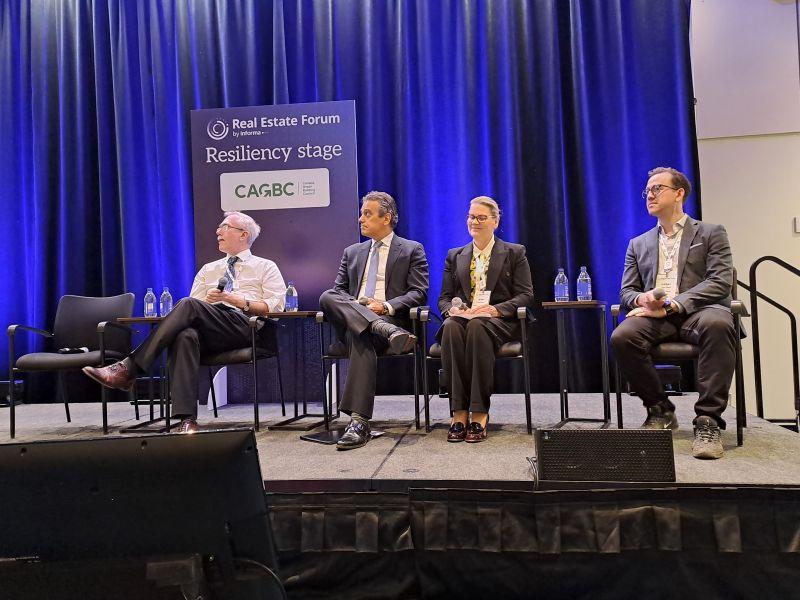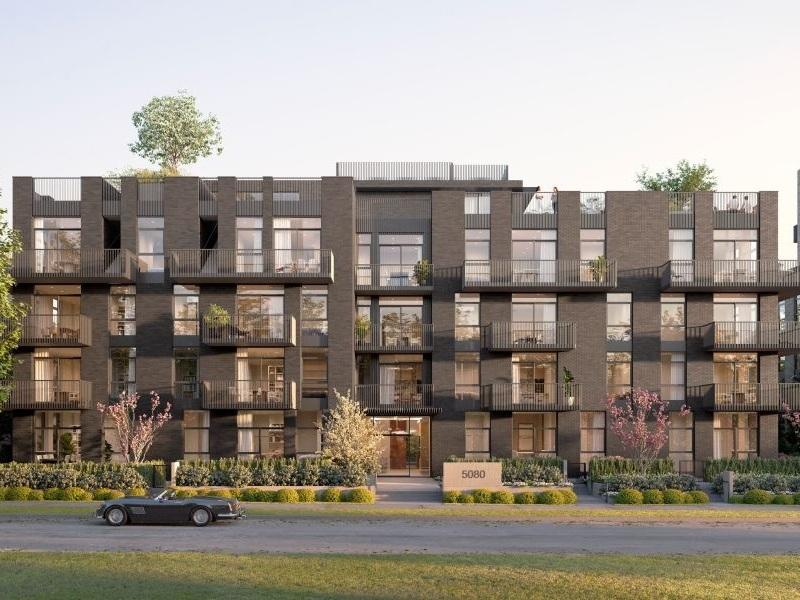Despite the doom-and-gloom media pronouncing obituaries for our housing market in Canada, the big picture hints at a welcome recovery to come. Real estate is a desirable asset that goes in cycles and after a low, it always comes back.
No one can ever time the market accurately, as so many factors affect it. We are, however, seeing signs that things will pick up during the next few quarters.
Remember the real estate market always recovers in this order: resale, then low-rise pre-construction, then new high-rise.
Summer saw the best July in four years for resale in the Greater Toronto Area (GTA). Those sales rose 8.5 per cent in September compared with 2025, largely due to the Bank of Canada’s rate cut. Anything that results in mortgage payments becoming easier to afford will spark an upward trend.
Bank rate cuts help to grow confidence, which is essential to recovery. So, improvement in resale real estate bodes well for the future of pre-construction housing.
Creating the environment to build new homes
Another bright light in the real estate recovery journey is that our governments at all three levels are taking steps to ease the housing affordability crisis. The Canadian government’s recently announced Build Canada Homes agency calls for cooperation at a high level toward creating affordable housing.
Six cities will be the first to benefit, with 4,000 factory-built homes to be constructed on federal lands. Some of the $13 billion earmarked for this will apparently go toward financial incentives for builders in this public/private project.
So far, however, the federal government’s wording in the Build Canada Homes initiative is vague as to the agency’s role in “overseeing” the process.
There is no need for the federal government to build homes, as we have a ready and able roster of builders and developers who are capable and willing to work hard. Remember pre-construction housing is an industry that can turn on a dime when the environment is right: hopefully, government cooperation is creating that environment.
It is refreshing to see how the concept of factory-built, modular homes is catching on.
Of note is Mattamy Homes’ partnership with Stelumar to produce prefab houses. Modular factory-built housing is an affordable option for many – and affordable is the key word. In Etobicoke, construction is underway on a nine-storey, 60-unit modular condominium, the biggest mass timber condo in Toronto.
The possibilities are exciting.
Provinces investing billions
At a provincial level, Canada's provinces, territories and the federal government have partnered on a multilateral framework and bilateral funding agreements as part of the National Housing Strategy (NHS). Launched in 2017, this 10-plus year, $115-plus billion plan is aimed at giving more Canadians a place to call home.
Provinces and territories cost share and deliver some of the initiatives. In 2018, Ontario and the Government of Canada signed a bilateral agreement to implement the NHS. Every three years, Ontario is required to submit an action plan to the federal government outlining how the province will use funding to meet the targets and outcomes agreed to with the Canada Mortgage and Housing Corporation (CMHC).
In August, Premier Doug Ford announced an additional $1.6 billion into a fund to help municipalities build infrastructure necessary to accommodate new homes. This takes Ontario’s municipal housing infrastructure program to $4 billion.
Ford’s target to build 1.5 million homes by 2031 is aggressive indeed. Time will tell if this is probable, or even possible, unless the environment changes and consumer confidence is renewed.
Major investments in Toronto
Government efforts continue, even locally.
Toronto Mayor Olivia Chow has been taking concrete steps to ease the housing affordability crisis. She and Ford agreed on the “New Deal” – a program that frees up funds and land for new housing. She then created a five-year plan in partnership with Toronto Community Housing Corporation and developers.
Most recently, she and Ana Bailão, CEO of Build Canada Homes, announced a $283-million investment in Downsview from the federal government to construct thousands of new homes. In addition, Don Summerville, a new complex near Ashbridges Bay, will include 120 geared-to-income rentals, 100 affordable rentals, 138 market rentals, 367 condos, as well as some units reserved for artists and women with families.
Again, this points to exciting possibilities.
I blame a lot of the current housing crisis, especially struggles in the high-rise sector, on the federal ban on foreign buyers. As I have written many times, most great cities in the world are built on investor interest.
We do have some Canadian investors buying up inventory, but the high-rise pre-construction sector is especially dependent on foreign investors. Having said that, the selling of inventory is critical, as it will reduce supply and help to create more demand in the long run.
This year is certainly the year to purchase for savvy buyers, because once inventory stock is sold off and that window closes, both sales and prices will increase.
I see 2026 as a transitional year, when these strong initiatives start to have their effects. My advice to the federal government is to axe both the mortgage stress test and the foreign buyers' ban to make the environment more encouraging and to let builders build.
At present, the only road to success is price, so let’s continue focusing on that.








